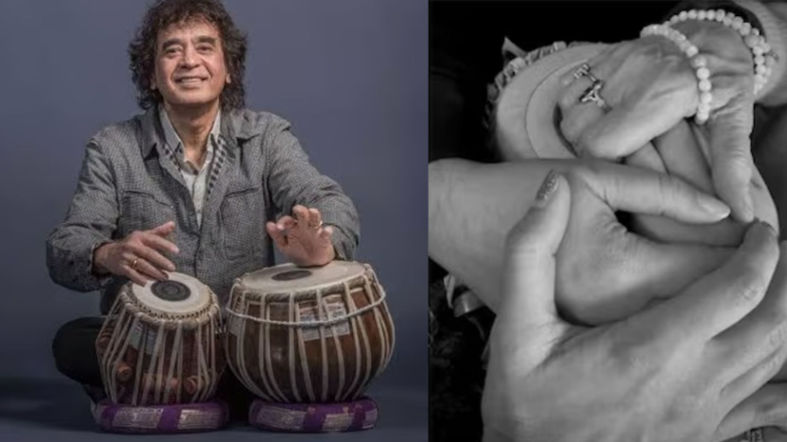The auspicious Durga Puja concludes with Vijayadashami, a grand celebration where devotees bid farewell to the goddess. One of the most important rituals of this occasion is Sindur Khela, which holds particular meaning for married women. This ritual represents the last celebration before Maa Durga’s idol is immersed in water. During Sindur Khela, married women apply vermillion to the Goddess’ forehead and feet before smearing it on each other, praying for the longevity of their husbands and children.
Date of Sindur Khela 2024
In West Bengal, Vijayadashami may not always align with the dates celebrated in other states. When there is a difference, it usually occurs a day later. According to Drik Panchang, Bengal will observe Vijayadashami on October 13, 2024.
Origins and Importance of Sindur Khela
The precise origins of Sindur Khela are uncertain, but folklore suggests that it began approximately 200 years ago during the Durga pujas held at zamindar houses. It is believed that participation in Sindoor Khela protects women from widowhood. The ritual also symbolizes the strength of women in safeguarding their families and is thought to promote harmony and resolve conflicts.
Purpose of the Ritual for Married Women
Married women celebrate Sindoor Khela to wish for prosperity and protection for their families. Vermilion or sindoor is seen as a sacred symbol of married life, and its application enhances the sanctity of women’s marriages. Additionally, the ritual fosters friendships and underscores the strength of womanhood.
Rituals of Sindur Khela
Durga Puja is highly significant in the Bengali community, as it is believed that Goddess Durga visits her parents—Mother Menoka and Father Giriraj—along with her children (Lord Ganesha, Kartikeya, Goddess Saraswati, and Goddess Lakshmi) for four days, indulging in various bhogs. As Dashami approaches, it’s time for her to return to her husband, Lord Shiva.
For the farewell, married women don beautiful traditional sarees and jewelry during Sindur Khela. The ritual begins with applying sindoor on the forehead and feet of Goddess Durga before smearing it on one another.
Afterward, women perform another ritual called Devi Boron, where they bid goodbye to the goddess by placing a betel leaf on their palms and touching it to her face. This act symbolizes wiping away the goddess’s tears as she prepares to leave her parents and return to her husband. The sindoor is first applied to her forehead, followed by her bangles (shakha and pola), accompanied by offerings of sweets.
Subsequently, married women apply sindoor to each other’s foreheads and faces while feeding each other sweets. Sindur Khela fosters friendship among women and creates a joyful atmosphere. Finally, the idol of Maa Durga is carried by devotees to a water body for immersion.














